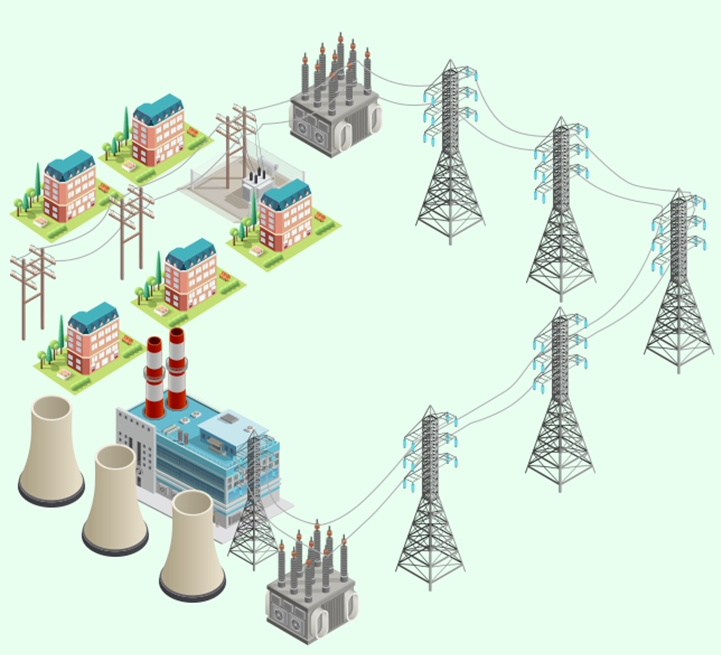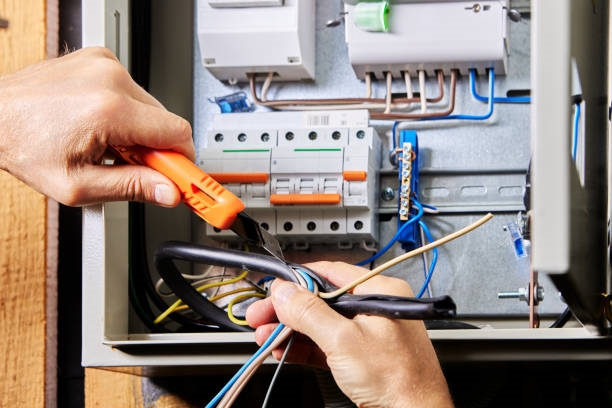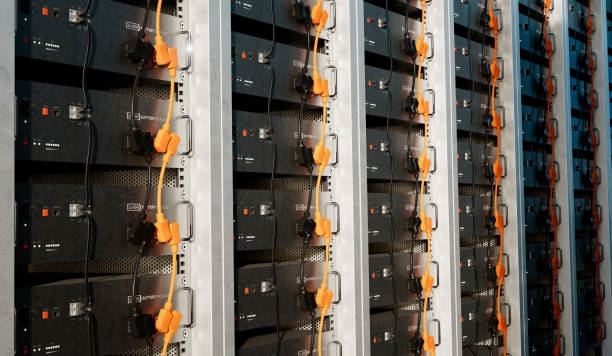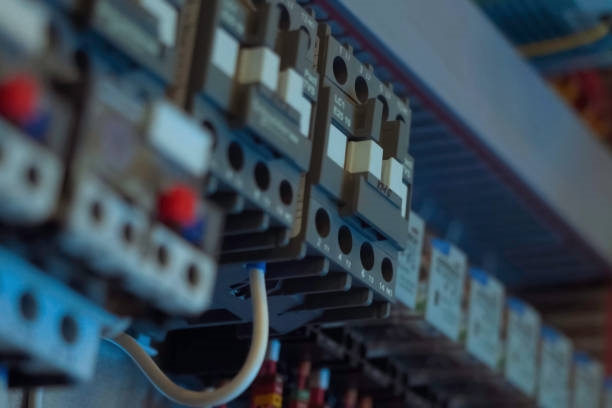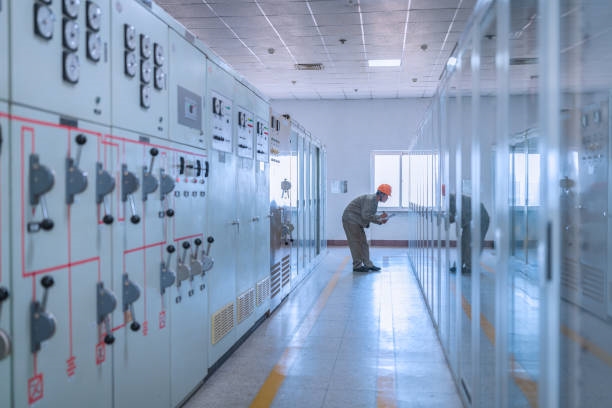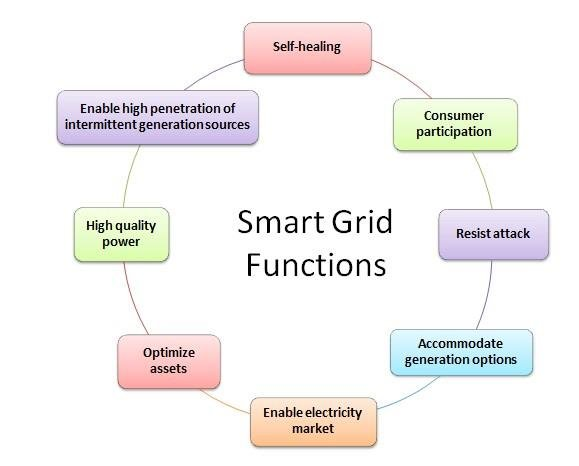DC-DC circuit noise, often described as a whistling or squealing sound, is a common issue for engineers. This article outlines a systematic approach to debug such noise, focusing on its causes¡ªvibration and frequency range.
The noise arises from component vibration, producing sound waves within the human audible range of 20 Hz to 20 kHz. Identifying the source requires examining both the vibration mechanism and the frequency range involved.
Vibration Sources
Vibration requires energy, typically occurring along power paths where sufficient current flows. Weak-current circuits, even if oscillating in the audible range, rarely produce noticeable noise due to insufficient energy. In DC-DC circuits, capacitors and inductors are the primary components prone to generating audible vibrations.
Capacitors
Ceramic capacitors, particularly multilayer ceramic capacitors (MLCCs), exhibit the piezoelectric effect. When an electric field is applied, the dielectric material deforms, and periodic expansion-contraction cycles cause vibration, resulting in noise. This issue is most common with input or output capacitors in DC-DC circuits. Compared to electrolytic or solid-state capacitors, ceramic capacitors¡¯ multilayer structure makes them more susceptible to noise. To mitigate this, consider replacing ceramic capacitors with electrolytic or solid-state alternatives for input and output stages.
Inductors
Inductors experience magnetostriction, where changes in the magnetic field cause the core material to alter its dimensions, leading to vibration. Additionally, varying currents may induce coil vibration. Molded inductors, with smaller internal gaps, are less prone to noise and can help reduce the issue.
Audible Frequency Range (20 Hz to 20 kHz)
Several conditions may generate frequencies in the 20 Hz to 20 kHz range, though not all result in audible noise. The following scenarios are common contributors:
- Unstable Operation: The most frequent cause of noise is circuit instability. Switching power supplies typically operate above 100 kHz, beyond human hearing. If instability pulls the frequency into the audible range, noise occurs. Stabilizing the circuit often resolves the issue.
- Frequency Jitter: Jitter functions vary switching frequency to reduce EMI, potentially introducing audible frequencies.
- PWM Dimming: In PWM dimming, output current aligns with the PWM signal¡¯s frequency, often within 20 Hz to 20 kHz, depending on the dimming chip.
- Audio Amplifier Mode (AAM): AAM reduces switching frequency under light loads to improve efficiency. At very low loads, the frequency may drop below 20 kHz.
- Load Variations: Periodic load changes in some applications may oscillate at audible frequencies.
Debugging Strategy
To address circuit noise, first identify the source of the 20 Hz to 20 kHz frequency. If the frequency can be eliminated (e.g., by stabilizing the circuit or adjusting operating conditions), prioritize this approach. When elimination is not feasible, consider hardware modifications, such as using molded inductors or replacing ceramic capacitors with electrolytic or solid-state types to suppress vibrations.
 ALLPCB
ALLPCB


